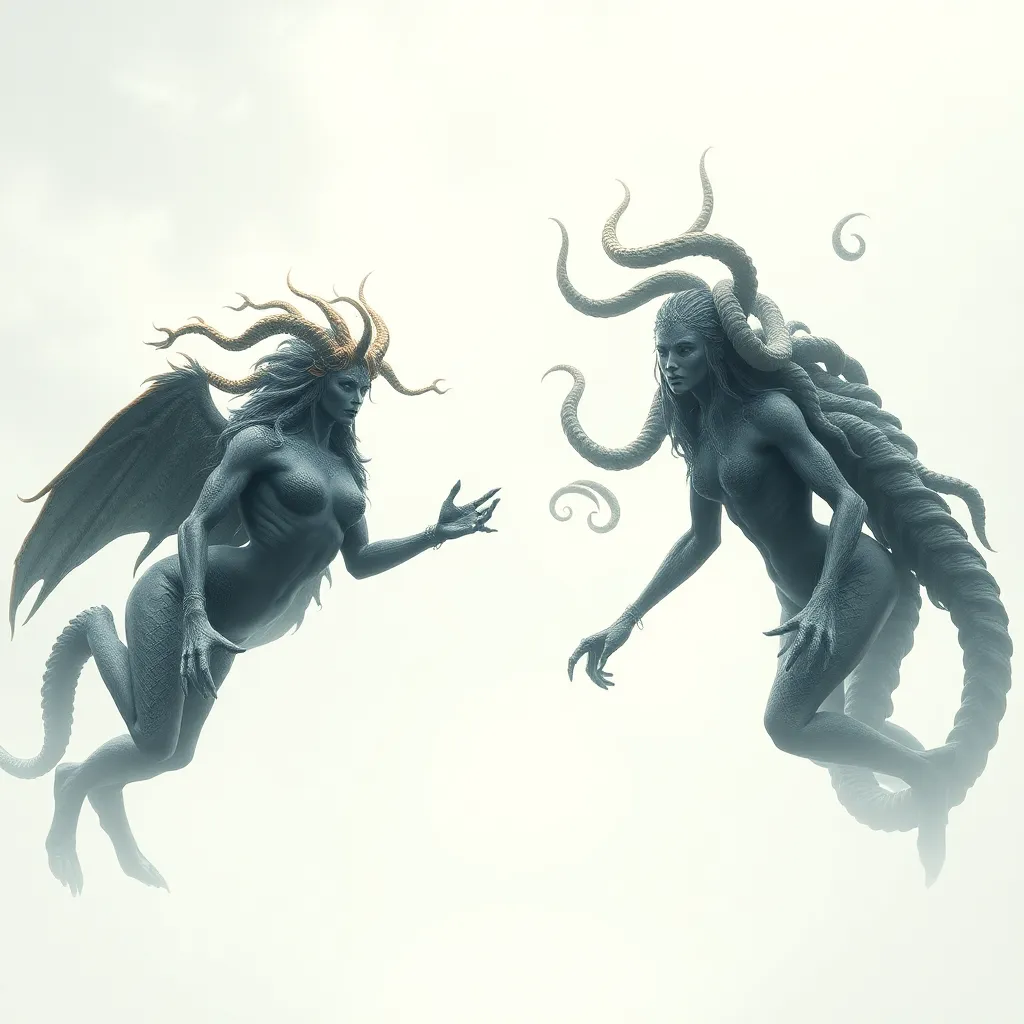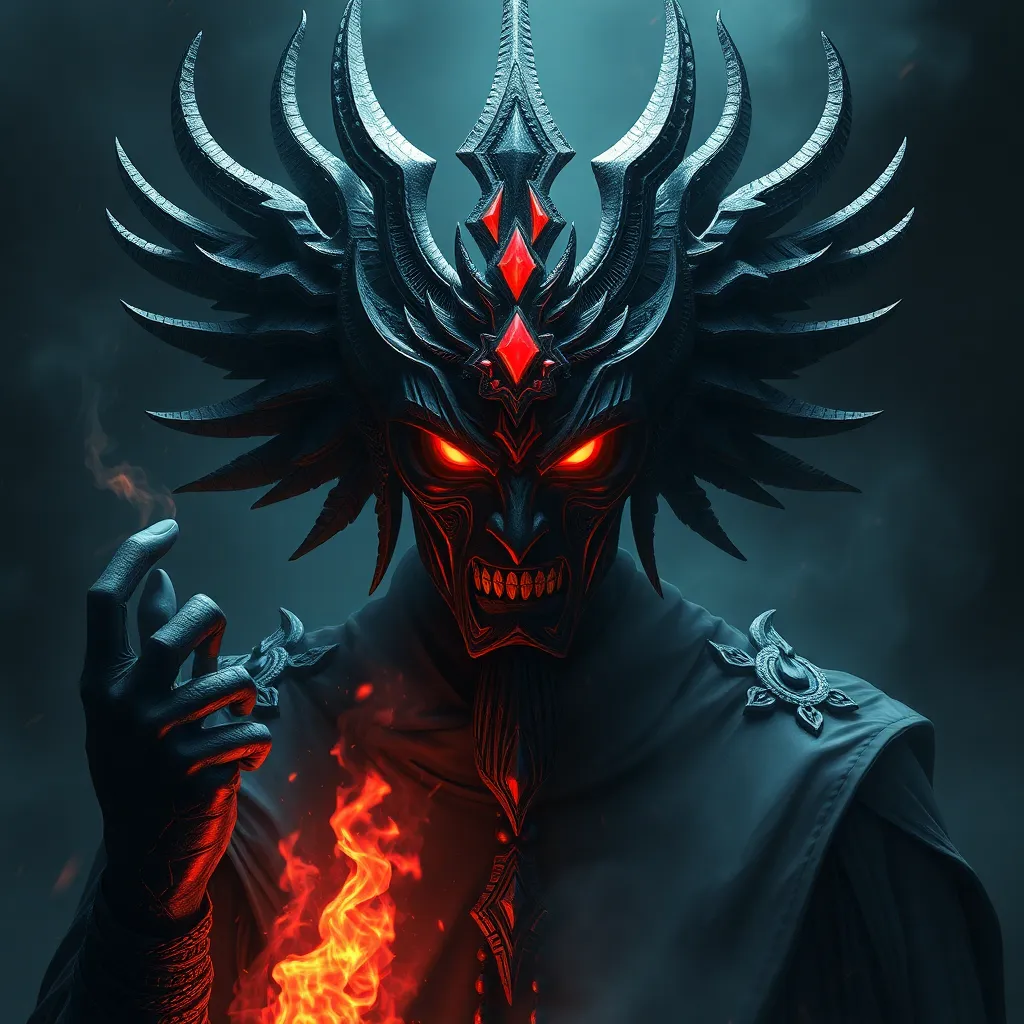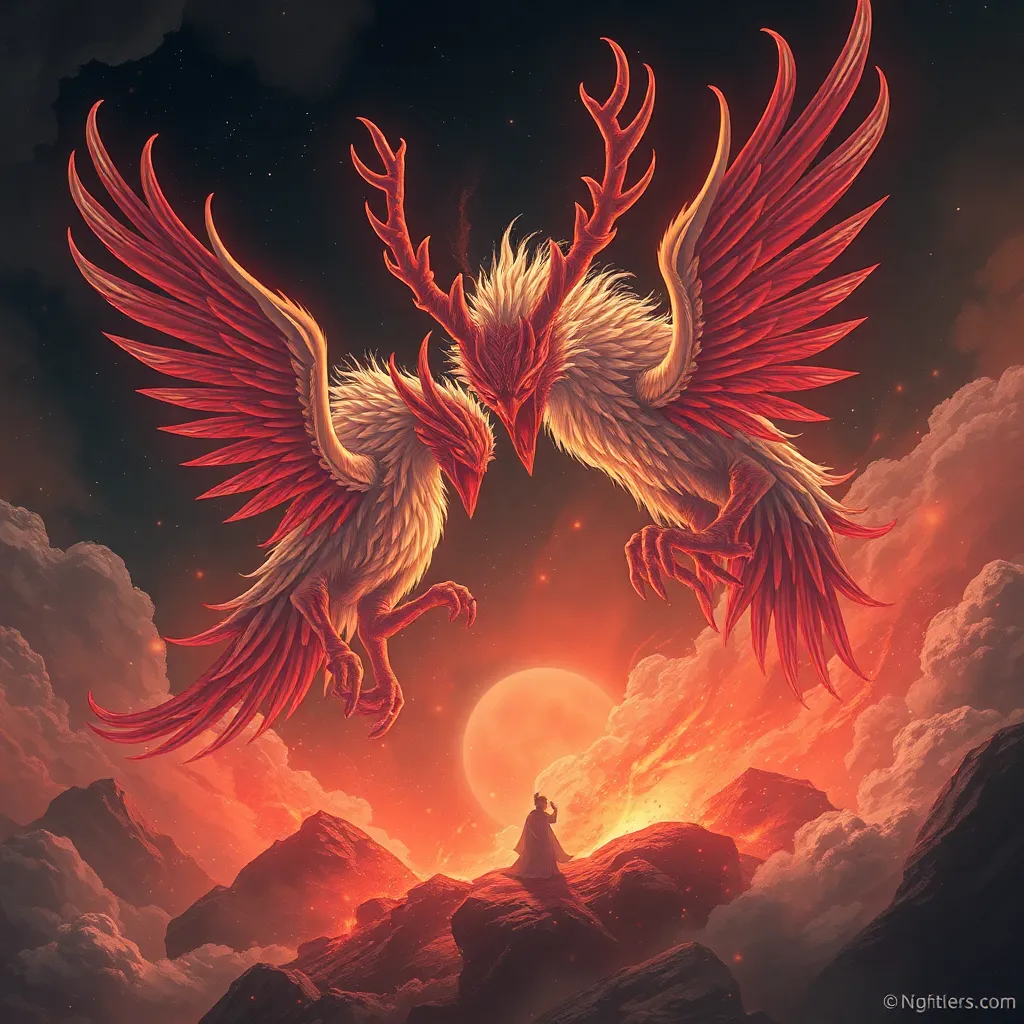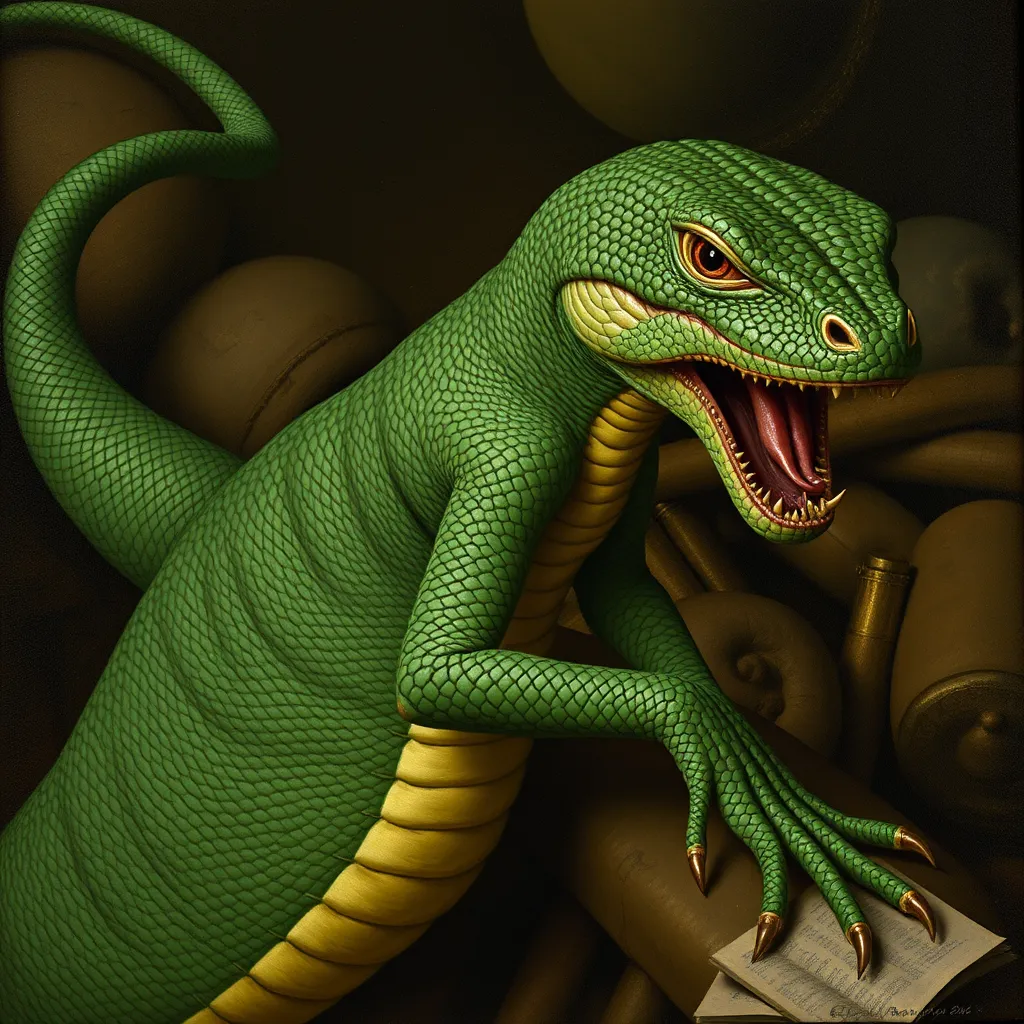Lamia and the Gorgon: Unveiling the Connections and Differences Between Two Powerful Creatures
I. Introduction
In the rich tapestry of Greek mythology, few figures are as compelling and enigmatic as Lamia and the Gorgon, particularly Medusa. Each creature embodies unique characteristics and narratives that reflect the complexities of human emotions and societal fears. Understanding their connections and differences not only enhances our appreciation of ancient myths but also sheds light on the cultural contexts from which these tales emerged.
This article aims to explore the origins, characteristics, powers, and roles of Lamia and the Gorgon in mythology, as well as their representations in art and literature. By examining these aspects, we can better appreciate the lasting impact these mythological figures have had on modern culture and psychology.
II. Origins and Mythological Background
A. The origin stories of Lamia
Lamia’s origins can be traced back to various ancient sources, often depicted as a beautiful queen of Libya. According to myth, she was cursed by the goddess Hera, who was jealous of her relationship with Zeus. This curse transformed Lamia into a monster, causing her to lose her children and become a child-eater, preying on the offspring of others in her grief-driven madness.
B. The origin stories of the Gorgon
The Gorgon, particularly Medusa, has a different origin. Medusa was once a beautiful maiden who caught the attention of Poseidon. After being violated in Athena’s temple, the goddess transformed her into a Gorgon as punishment. This transformation endowed Medusa with the ability to turn anyone who gazed upon her into stone, a power that was both a curse and a means of protection.
C. Historical context and cultural significance in ancient civilizations
Both Lamia and the Gorgon reflect the fears and societal attitudes of their time. Lamia’s story speaks to themes of jealousy, motherhood, and loss, while the Gorgon represents the fear of female power and sexuality. These narratives served as cautionary tales, illustrating the consequences of defying the gods or succumbing to base desires.
III. Physical Characteristics
A. Description of Lamia’s appearance
Lamia is often depicted as a hybrid creature, combining the traits of a woman and a serpent. She may have a human upper body with long hair, often described as disheveled and wild, symbolizing her madness and despair. Her lower body is frequently portrayed as that of a serpent, emphasizing her predatory nature.
B. Description of the Gorgon’s appearance (focusing on Medusa)
Medusa, the most famous Gorgon, is characterized by her hair made of venomous snakes, which writhe and hiss. Her gaze is deadly; anyone who looks directly at her is turned to stone. Medusa’s visage often embodies horror, with a grotesque face that reflects her tragic transformation from beauty to monstrosity.
C. Symbolism behind their physical traits
The physical traits of both Lamia and Medusa symbolize various themes:
- Lamia: Her serpentine form represents deception and seduction, while her disheveled appearance reflects her emotional turmoil.
- Medusa: The snakes signify her rage and power, serving as a protective barrier against those who would harm her. Her monstrous face embodies the consequences of violated innocence.
IV. Powers and Abilities
A. The powers of Lamia: seduction and manipulation
Lamia’s primary powers lie in her ability to seduce and manipulate. She uses her beauty and charm to lure men, ultimately leading them to their doom. This ability reflects her tragic backstory, as her own desires have been twisted into a weapon against others.
B. The powers of the Gorgon: petrification and terror
In stark contrast, the Gorgon’s power is one of petrification. Medusa’s gaze can turn any living being to stone, making her a formidable adversary. This ability not only serves as a means of defense but also symbolizes the fear she instills in others, transforming her into a terrifying figure in mythology.
C. Comparison of their abilities and how they reflect their roles in mythology
While Lamia’s powers are grounded in seduction and emotional manipulation, the Gorgon’s abilities are more direct and violent. Both figures reflect deep-seated fears related to femininity and power, showcasing the duality of women in mythology—both nurturing and destructive.
V. Role in Mythological Narratives
A. Lamia’s role in Greek mythology and her interactions with other characters
Lamia’s narrative often intersects with stories of loss and vengeance. She is portrayed as a figure of tragedy, driven by her grief to commit heinous acts. Her interactions with characters such as Zeus and other gods illustrate the consequences of divine jealousy and human suffering.
B. Gorgon’s role in myths and her impact on heroes like Perseus
Medusa’s role is pivotal in the myth of Perseus, where she serves as both a challenge and a source of power. Her defeat by Perseus not only showcases his heroism but also reflects the struggle against monstrous femininity. Medusa’s severed head becomes a weapon, symbolizing the complex relationship between heroism and the female form.
C. Themes of vengeance, transformation, and femininity in their stories
Both Lamia and the Gorgon embody themes of vengeance and transformation. Lamia’s transformation from queen to monster is a tale of lost motherhood and revenge, while Medusa’s metamorphosis from maiden to Gorgon highlights the consequences of trauma and anger. These stories explore the darker aspects of femininity and the societal fears surrounding powerful women.
VI. Cultural Representations and Interpretations
A. Depictions of Lamia in art and literature
Lamia has been depicted in various forms of art and literature, often illustrating her as a seductive figure or a monstrous villainess. In modern interpretations, she is sometimes portrayed as a sympathetic character, emphasizing her tragic backstory.
B. Depictions of Gorgons, particularly Medusa, in various cultures
Medusa’s image has been widely represented in art, from ancient sculptures to contemporary interpretations. She has been viewed both as a monster and a symbol of female empowerment, reflecting society’s evolving attitudes toward femininity and power.
C. Analysis of how these representations have evolved over time
The evolution of Lamia and Gorgon representations demonstrates changing cultural perceptions. Where once they were merely cautionary tales, they have transformed into complex figures that challenge traditional narratives of femininity and power, resonating with modern themes of empowerment and identity.
VII. Psychological and Symbolic Interpretations
A. Psychological implications of Lamia as a figure of fear and desire
Lamia embodies the duality of fear and desire in psychology. She represents the archetype of the femme fatale, evoking both attraction and danger. Her character reflects the complexities of human emotions, particularly in the context of love, loss, and vengeance.
B. Gorgon as a symbol of female rage and power
The Gorgon symbolizes the rage that can arise from trauma and injustice. Medusa’s transformation into a monster serves as a powerful metaphor for the anger that oppressed individuals, particularly women, may feel in response to societal wrongs. She represents the reclaiming of power through fear.
C. The collective unconscious and archetypal significance of these figures
Both Lamia and the Gorgon resonate within the collective unconscious as archetypal figures representing the complexities of femininity. They embody the fears, desires, and struggles that women face, making them relevant in discussions of gender and power dynamics in contemporary society.
VIII. Conclusion
The exploration of Lamia and the Gorgon reveals both connections and profound differences between these two powerful mythological figures. While they embody aspects of femininity, desire, and terror, their narratives are shaped by distinct origins and characteristics. Their lasting impact can be seen in modern culture, where they continue to



